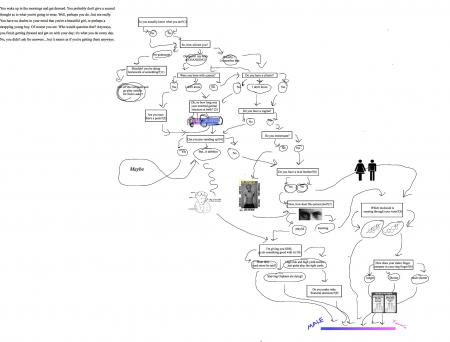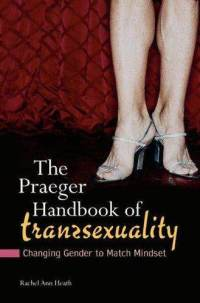Serendip is an independent site partnering with faculty at multiple colleges and universities around the world. Happy exploring!
Precarious and Performative Play Web Paper 4

Male Athletes and Rape Culture: Structural Violence in the World and at Haverford (TRIGGER WARNING)
(TRIGGER WARNING)
Dear friends,
As has become my custom, I would like to introduce this web event with a short description of my motives and hopes. I want to tell you how this web event came to be (a long story in this case), what I hope to communicate through this web event, and what future directions are possible.
Allow me to start at the beginning. In the past few weeks, I have found myself increasingly aggravated, confused, and above all inspired. My aggravation stems largely from Haverford’s policies regarding rape and sexual assault, which seem to become more and more inadequate the more that I learn about them (for anyone who hasn’t already done so, I strongly recommend reading AmyMay’s web event Biological Discourse and Rape Culture at Haverford College and jmorgant’s web event “Consent is Sexy” at Haverford: Not Yet). While my belief that the Haverford policies are insufficient was immediately strong and clear, I grew confused about how to effect change. I pondered a variety of questions, including:

Disruption in the Interpretation of Embodied Symbols
Disruption in the Interpretation of Embodied Symbols
Final Web Event
Assumptions are made about individuals through the expression and interpretation of embodied acts and body language is the conduit for social meaning. The social meaning behind bodily acts are disrupted when the movement itself is not completely controlled by the individual. Disability, gender, and communication are all entangled in a web of perception, symbolism, and agency. This web of entanglement causes people to not see an action for as it was intended and make assumptions about a person on their limited controls on bodily action. Interpretations of bodily actions are often misunderstood when an individual is not completely able bodied.

At Bryn Mawr: Exploring Transgender Further
In my second web event I questioned Bryn Mawr Colleges admission policy regarding transgender students. I wrote a mock scenario in which a prospective transwoman has a discussion with her mother about wanting to attend Bryn Mawr. In preparation for this project I talked to a few people in administrative positions at the College and was faced with requests at remaining anonymous in their answers. Because of the lack of receiving answers to my questions, I posed my web event as a question. Are transwoman allowed to apply to and attend Bryn Mawr College?
In my third web event, I traced the history of the College in regards to its mission and history of transgender topics. There have been several web events posted by Bryn Mawr students on Serendip, which were very informative and useful in my own movement towards gaining more knowledge of how to build a right relationship between Bryn Mawr College and transgender students. In this web event my focus switched from not only transwomen, but also transmen. I also used information on the Transgender Task Force, which was created in 2007. I noted that President McAuliffe approved the recommendations made by the task force in 2009.
Now, where do I go next? I’ve noted what I believe is Bryn Mawr’s role in the 21st century regarding transgender students. However, I don’t have enough facts. I lack information…knowledge…

The Groundings of a Commonwealth: Workshop on Forging Environmental Ethics Through Reading and Telling Stories
I created my third web event with every intention of deriving from it a workshop meant to bring together Israeli and Palestinian young adults over shared literatures. Literature was a medium through which, I had argued, right relationships had the space and time to emerge, and was a form particularly suited toward broader socio-political change. While I was excited about this final web event and its possibilities, I was also somewhat daunted by my own distance from the site of relationship building. I was also concerned by the spatial impracticalities of actually translating this workshop into action. I have become, through the course of the semester, very interested in how academic conversation can be used as groundwork for activity and doing; it seemed duplicitous to consider in my postings how “a group of listeners becomes a group of actors,” and even create frameworks for such a transition, but have no intention of taking this kind of action myself.






